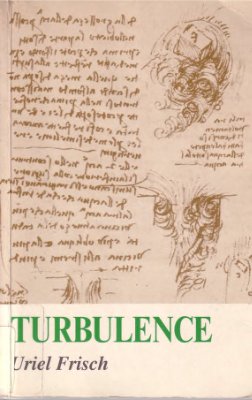Cambridge University Press, 1996. - 312 pages.
Written five centuries after the first studies of Leonardo da Vinci and half a century after A.N. Kolmogorov's first attempt to predict the properties of flow, this textbook presents a mode account of turbulence, one of the greatest challenges in physics. "Fully developed turbulence" is ubiquitous in both cosmic and natural environments, in engineering applications and in everyday life. Elementary presentations of dynamical systems ideas, probabilistic methods (including the theory of large deviations) and fractal geometry make this a self-contained textbook. This is the first book on turbulence to use mode ideas from chaos and symmetry breaking. The book will appeal to first-year graduate students in mathematics, physics, astrophysics, geosciences and engineering, as well as professional scientists and engineers.
Written five centuries after the first studies of Leonardo da Vinci and half a century after A.N. Kolmogorov's first attempt to predict the properties of flow, this textbook presents a mode account of turbulence, one of the greatest challenges in physics. "Fully developed turbulence" is ubiquitous in both cosmic and natural environments, in engineering applications and in everyday life. Elementary presentations of dynamical systems ideas, probabilistic methods (including the theory of large deviations) and fractal geometry make this a self-contained textbook. This is the first book on turbulence to use mode ideas from chaos and symmetry breaking. The book will appeal to first-year graduate students in mathematics, physics, astrophysics, geosciences and engineering, as well as professional scientists and engineers.

